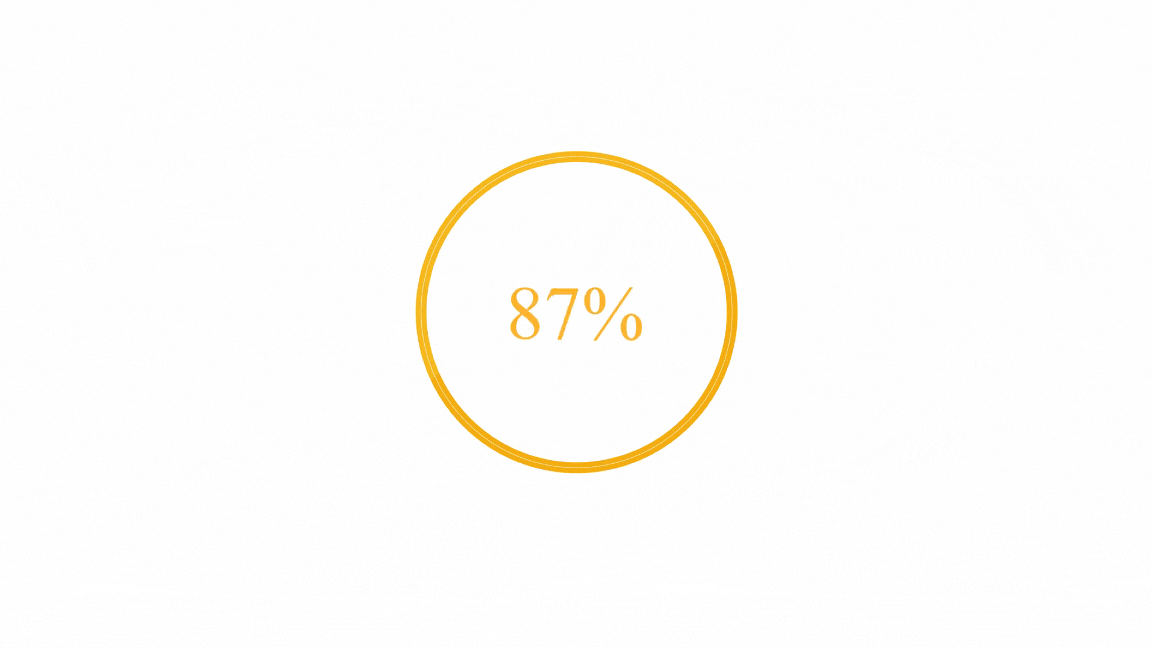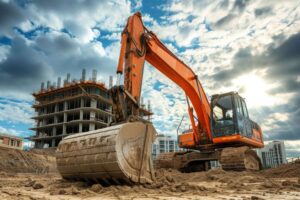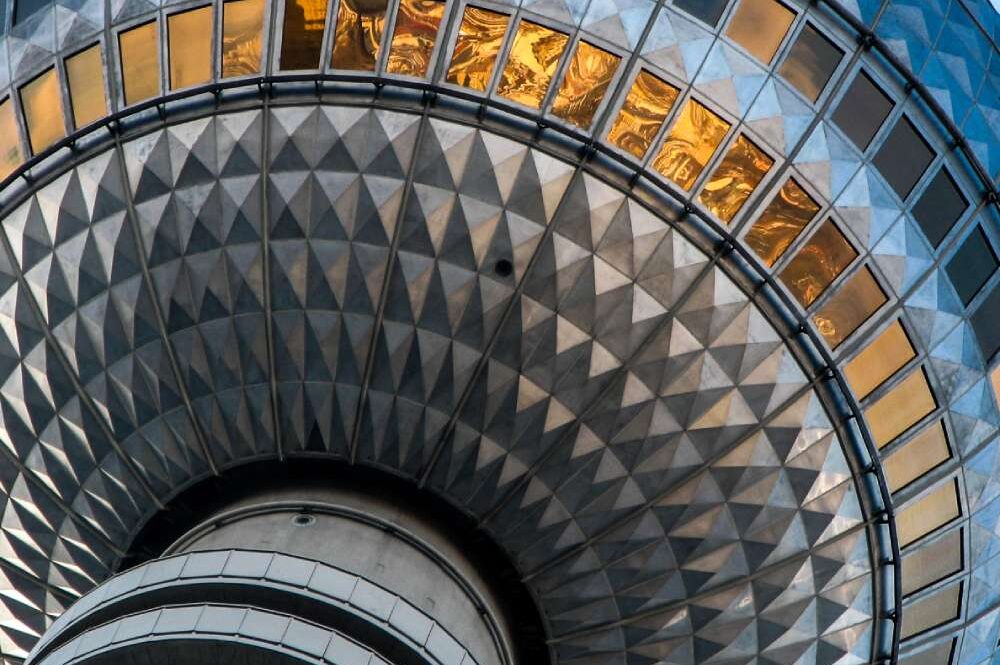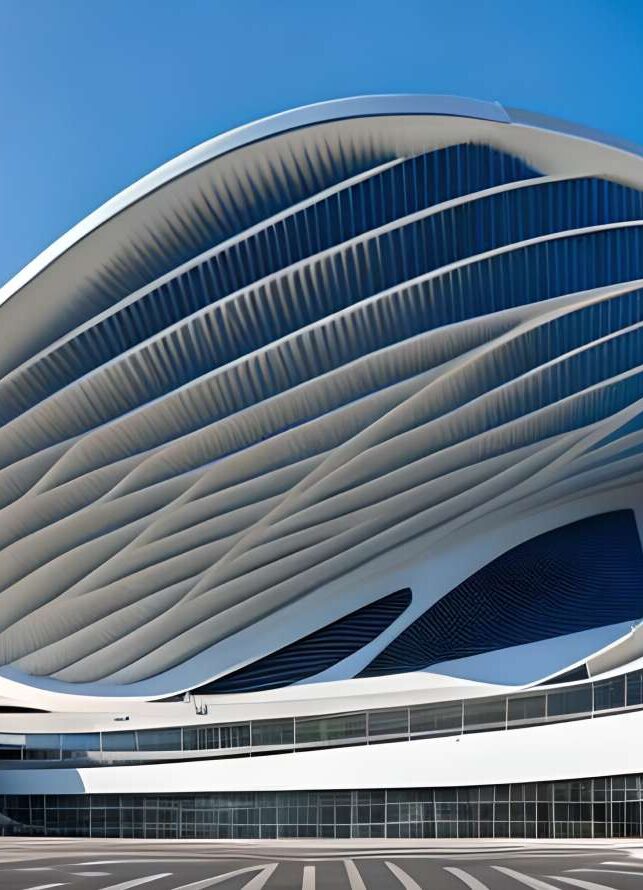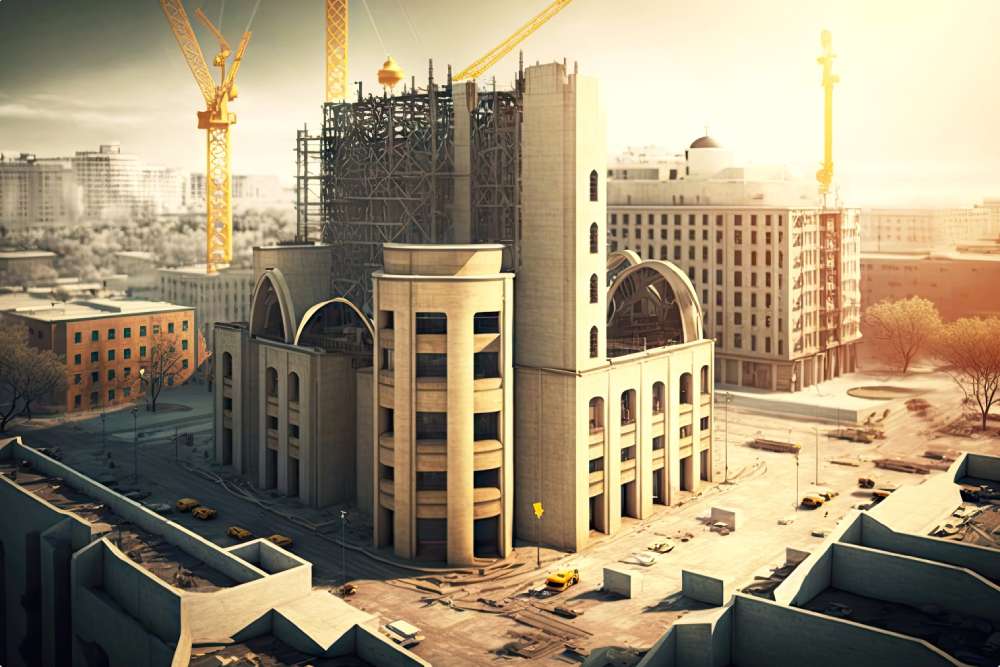
Sheet Metal Roofing
What is metal sheet roofing?
Several alternative methods of using metal as a roof covering are possible. However, metal may also be used to construct shingles, molded into shapes resembling tiles, shakes, or slates. The primary forms are based on sheet-like panels, which may be flat or profiled, either prefabricated or made on-site.
Skilya’s standing seams or rolling joints are frequently used to link metal roofing sheets. These do not employ exposed mechanical fasteners; a unique protruding seam is created by a clipped or rolled pattern. This method, which may be used to make straight or curved seams, is adaptable and can be prefabricated or produced on location.
Additionally, various built-up roofing systems, trims, and flashings are available to create valleys, ridges, roof lights, aprons, sills, corners, barges, and other architectural features. These historically associated with industrial buildings include profiled and corrugated metal roof panels, sometimes referred to as “wriggly tin,” as well as built-up roofing systems.
Types of Metal Roofing
Due to its affordability, relative ease of use, durability, and ability to accept a variety of treatments, Skilya’s steel and aluminum are generally used to make metal roofing materials.
Skilya’s steel is more durable than other metal alternatives because it is heavier and can be coated with various finishes to add color and protection from rust and corrosion. Aluminum is more rust-resistant and lighter than steel. It is more pricey, comparatively soft, and prone to denting and marring. Other, more costly metals that can be used for roofing include:
Copper: It has been used for roofing for generations, resists rust, and ages naturally.
Alloy: Roofing materials are crafted from many metals to customize their strength and longevity.
Stainless steel: Resists corrosion and rust.
Zinc: It is malleable, adaptable, and anticorrosive.
Lead: It is a heavy, costly, malleable, and long-lasting material. It may be cut and shaped into intricate forms on the spot.
Advantages of Metal Roofing
- Life expectancy: A metal roof should have a long lifespan if placed correctly since it is resistant to extreme weather, fire, mildew, infestation, and decay.
- Weight: When compared to conventional tiles, metal roofing is often lighter.
- Installation speed and simplicity: The majority of metal roofing materials are prefabricated off-site and arrive in rolls, panels, or pieces that may be installed quickly and easily.
- Although it does become hot, metal may reflect solar radiation. Thus many systems incorporate insulation or dead air space between the metal and the inside.
- Low roof pitch: Most materials may be used without risk of water penetration on gently sloping roofs.
- Metal surfaces are hard and generally “slippery,” meaning that rain and snow tend to slide off them quite readily.
Skilya’s Metal Roof Services
Our contractor partners’ safety, happiness, and success are essential to Skilya. No matter the project size, we give you the product expertise and frank counsel you need to complete every task with the pleasure of your clients. Our services include:
- Cladding refurbishments metal roof & wall cladding to new buildings.
- Over cladding GRP roof lights & sheets gutter systems wall cladding
- Flashing and trim
Concerned about finding the most incredible option for your roofing requirements? Skilya has got your back! One of the most creative businesses, Skilya strives to provide people with a great product that elevates their demands and experiences. These inspiring words stand for unwavering truths to which we will always be committed. At Skilya, we never give up striving to achieve our objective. We are always driven to establish and surpass challenging goals to advance our standing in the sector.
Ready to Get Started? Contact Us Today!
Phone: +966 138 999 045
- Email: info@skilya.com
- Visit our website at skilya.com to learn more about our services and view our project portfolio.
Our Brochure
